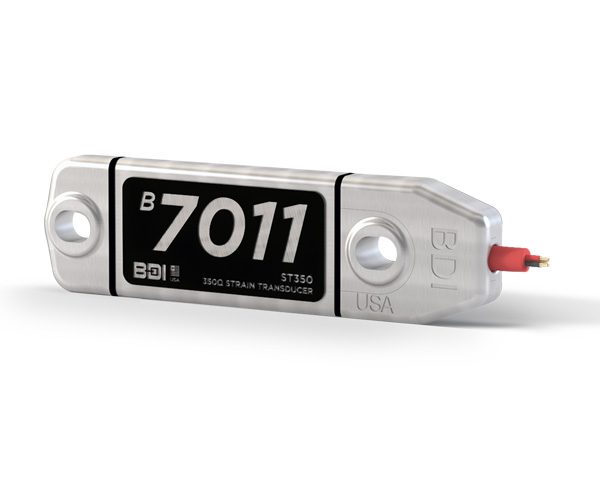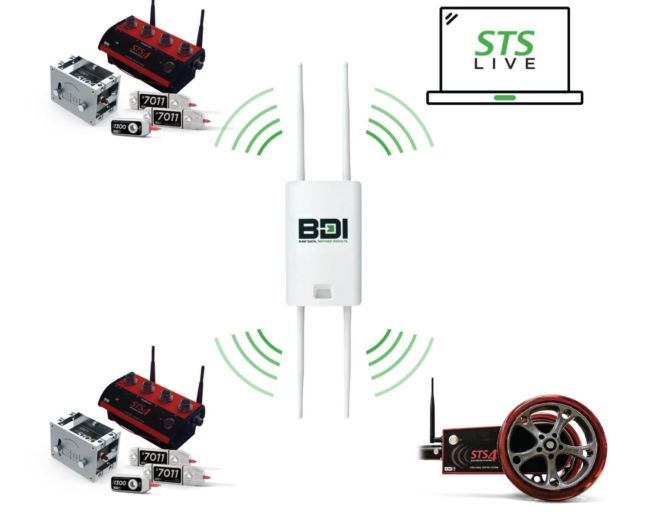BDI’s work on this bridge consisted of three testing phases on a fiber reinforce polymer retrofitted bridge—tests prior to, immediately after, and one year after rehabilitation. Each phase consisted of field testing, finite element modeling (FEM) and analysis, and load rating. This project is relevant to this RFQ by showing BDI’s ability to use measurements to evaluate new and innovative construction techniques.
Field Testing: Diagnostic load testing was conducted with approximately 40 sensors placed under the structure. During field testing, traffic closures were required to determine the correct positioning for the loading vehicle and to collect load data. At the time of the next two phases, sensors were placed in the same locations as the first test, allowing direct comparison of the same gage locations.
Modeling and Analysis: BDI developed an FEM for the bridge’s superstructure using BDI-WinGen software. A qualitative data review was used to “calibrate” the FEM in order to produce a realistic model of the structure. This was vital for project modeling, but was also valuable to evaluate different parameters such as composite behavior between the FRP and concrete. Variations in stiffness—due to conditions such as deterioration, support conditions, and curb and rail construction details—were taken into account. Once a good correlation was achieved, the model was used for rating purposes. Load rating factors were calculated for specific load configurations specified by Rhode Island DOT or the Prime-Contractor, Gordon R. Archibald, Inc (GRA).
Rating and Reporting: Using the calibrated model from phase 2, the structure was rated for the design vehicles provided by GRA. Once all of the ratings were complete, a report providing all relevant information for the testing was submitted to GRA. The report included general procedures, qualitative review, modeling and rating results, and relevant conclusions and recommendations.
Notable points:
- Evaluation of a retrofitted structure
- Work under a condensed construction deadline
- Field work in an environmentally-sensitive area
- Using new and innovative testing approaches to evaluate new construction techniques





